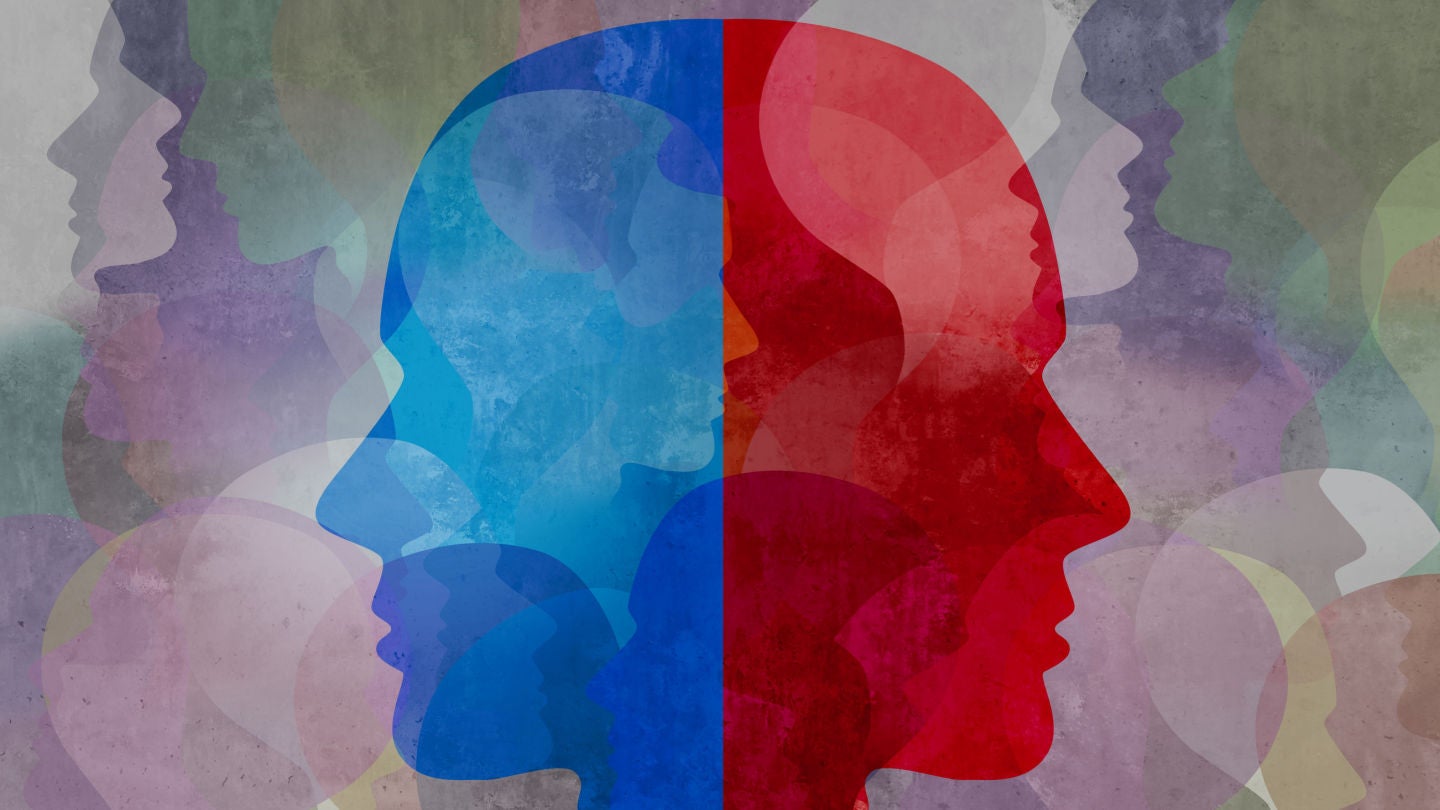On 1 March 2023, the United States Centers for Disease Control and Prevention (CDC) National Health Statistics Report (NSHR) No. 181 analysed data on mental health-related Emergency Department (ED) visits in the US from 2018–20.
This report, which utilised the national hospital ambulatory medical care survey (NHAMCS), focused on the relationship between emergency mental healthcare and race and ethnicity in the US. The CDC data demonstrates that both the frequency and type of mental health-related ED visits differ between these categories.
Mental health is becoming an increasingly common reason for ER visits. The NSHR notes that in 2007–08, 6.6% of ER visits resulted in a mental health diagnosis. This increased to 10.9% in 2015–16. The report then notes that in 2018–20, mental health-related issues accounted for 12.3% of ER visits in adults. This equates to 774,508 annual visits.
The NSHR detailed annual average rates of ED visits, represented by visits per 1,000 adults of each race and ethnicity category. In total, 53.0 patients per 1,000 adults visited the ED for any mental health need. However, when broken down by race and ethnicity, the rates (visits per 1,000 adults) became significantly different.
The highest rate of ED visits was found in non-Hispanic black patients (96.8), followed by non-Hispanic white (53.4) and Hispanic (36.0) patients. Asian and indigenous groups were not represented due to low numbers but are included in the total category.
See Also:
The racial discrepancy continues within types of mental health needs. The proportion of visits for substance use disorders was highest among black patients (53.1), followed by non-Hispanic white (26.9) and Hispanic patients (20.0). This trend is repeated in anxiety-related disorders, with 21.7 patients per 1,000 non-Hispanic black adults, 15.4 patients per non-Hispanic white adults, and 9.3 patients per 1,000 Hispanic adults.
How well do you really know your competitors?
Access the most comprehensive Company Profiles on the market, powered by GlobalData. Save hours of research. Gain competitive edge.

Thank you!
Your download email will arrive shortly
Not ready to buy yet? Download a free sample
We are confident about the unique quality of our Company Profiles. However, we want you to make the most beneficial decision for your business, so we offer a free sample that you can download by submitting the below form
By GlobalDataNon-Hispanic black patients again had the highest visit rates for mood disorders (20.5), followed by non-Hispanic white patients (12.9) and Hispanic patients (7.6). This pattern is slightly different among patients seen for schizophrenia. Non-Hispanic black patients were still the most seen (13.2 patients per 1,000 adults), but Hispanic patients (4.9 per 1,000 adults) were more frequent than non-Hispanic white patients (3.2 per 1,000 adults). Rates of visit were significantly different between all three races/ethnicities in all types of disorder except schizophrenia. In that category, rates of non-Hispanic black patients were still significantly higher than those of non-Hispanic white and Hispanic patients.
GlobalData epidemiologists forecast 2.7 million total prevalent cases of schizophrenia in adults in the US by the end of 2023. There are also forecast to be 78.4 million total prevalent cases of anxiety disorder, and 2 million total prevalent cases of opioid addiction. While the sheer number of cases is important to note, a further breakdown by race and ethnicity is critical, as demonstrated by the results of the NSHR report.
Both health coverage and mental illness can be affected by race and socioeconomic status. In order to provide more equitable mental healthcare access in the future, non-emergency mental health offices and outpatient clinics can be focused in areas with low access to care both geographically and financially. Increased social support via community programs can also aid in reducing the stigma around mental illness and drug dependency.









